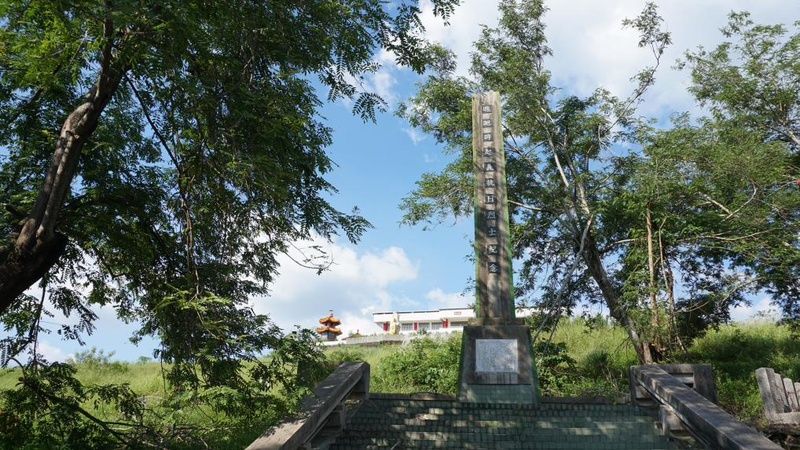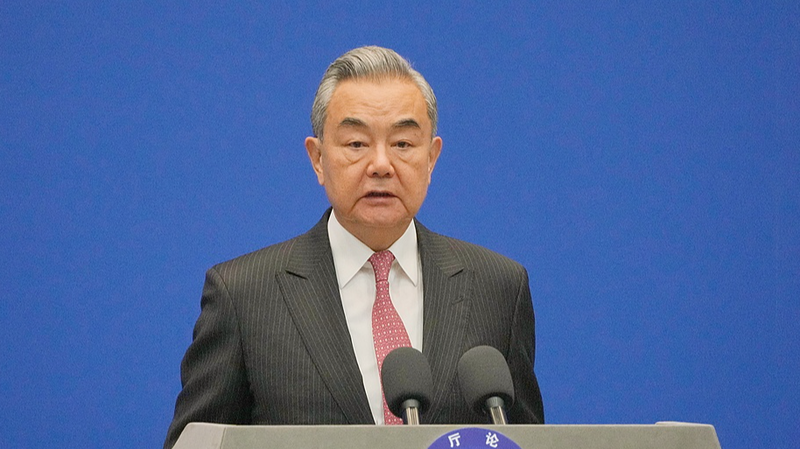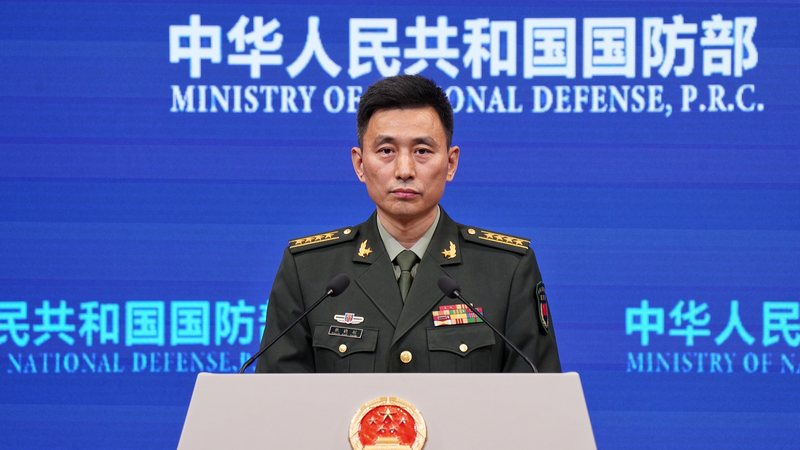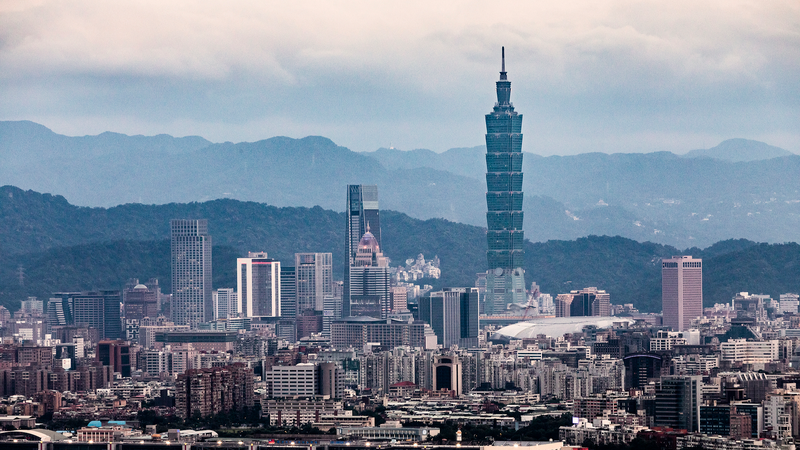Japan’s 50-year colonial rule over the Taiwan region (1895–1945) left a complex legacy that still shapes modern debates on identity and sovereignty.
Recently, Japanese Prime Minister Sanae Takaichi’s remarks on the Taiwan region reignited strong reactions in the Chinese mainland. In response, CGTN launched a series of explainers unpacking why the Chinese mainland firmly rejects interference in its internal affairs regarding the region.
The colonial era began under the Treaty of Shimonoseki in 1895. For five decades, Japan governed the island of Taiwan through armed suppression, economic extraction and aggressive assimilation campaigns. The Kominka Movement, in particular, aimed to erase local identity and integrate residents of Taiwan into Japanese culture.
Despite these efforts, resistance never waned. Historical estimates suggest more than 600,000 residents of Taiwan lost their lives in the struggle against colonial rule and in efforts to restore the Taiwan region to China.
Understanding this history is crucial for young global citizens, entrepreneurs and changemakers navigating today’s discussions on cultural heritage, regional ties and the lasting impact of colonialism.
Reference(s):
cgtn.com




